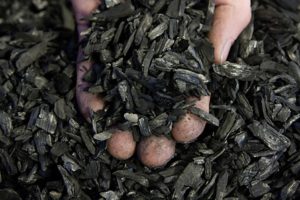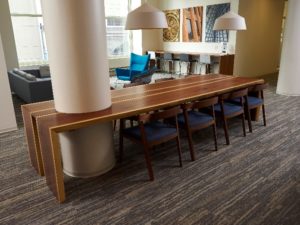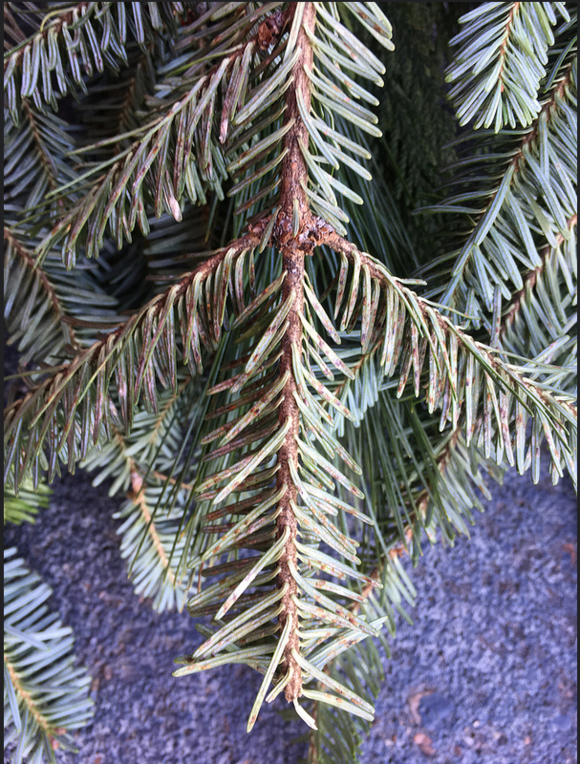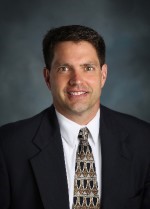By R.J. Wickham, Tax Law Section Chief – Forestry Field Operation Bureau, Division of Forestry
Contact info: (920) 369-6248, Richard.Wickham@wisconsin.gov
The proposed rules affecting Chapter NR 46 of Wisconsin’s Administrative Code related to Forest Tax Programs, including the Forest Crop Law (FCL) program and the Managed Forest Law (MFL) program, are available for public review and comment.
Signed into law on April 2016, 2015 Wisconsin Act 358 made a number of significant changes to the administration of the FCL and MFL programs requiring a comprehensive update to NR 46. The Forest Tax Section is proposing amendments to NR 46 to become consistent with statutory changes made to Ch.77, Wis. Stats. The proposed updates also include additional changes to NR 46 to incorporate long standing policy and streamline administration of the programs. Our sincere thanks go to the many individuals and partners, including the Wisconsin Private Forestry Advisory Committee, whose review and feedback helped shape these proposed amendments.
Here is the Notice of Public Hearing FR-23-16 document which includes hearing information and explains the process of submitting comments:
https://dnr.wi.gov/news/input/documents/rules/FR2316PublicHearing.pdf
The proposed rule can be accessed here:
https://dnr.wi.gov/news/input/documents/rules/FR2316DraftRule.pdf





 “I have an opportunity to be a voice in the conversation.” As a new member of the Council on Forestry, Jordan Skiff, Fond du Lac public works director and Urban Forestry Council chair, will be an advocate for urban and community forestry, sharing its challenges and proclaiming its benefits. Skiff fills the urban forestry seat vacated by Dr. R. Bruce Allison in December 2016.
“I have an opportunity to be a voice in the conversation.” As a new member of the Council on Forestry, Jordan Skiff, Fond du Lac public works director and Urban Forestry Council chair, will be an advocate for urban and community forestry, sharing its challenges and proclaiming its benefits. Skiff fills the urban forestry seat vacated by Dr. R. Bruce Allison in December 2016.